May 17, 2025 | 23:03 GMT +7
May 17, 2025 | 23:03 GMT +7
Hotline: 0913.378.918
May 17, 2025 | 23:03 GMT +7
Hotline: 0913.378.918

Fishermen bring tuna ashore in Phu Yen. Photo: Son Trang.
According to Mr. Truong Dinh Hoe, General Secretary of the Vietnam Association of Seafood Exporters and Producers (VASEP), seafood exports to Japan in the first five months of this year reached USD 582 million, down slightly by 9% over the same period in 2022.
During the same period, seafood exports to the US only reached USD 548 million, down 50% compared to the same period last year. Thus, although the two markets suffered the same decrease trend, due to the sharp decrease, the US was no longer the largest market for Vietnamese seafood in the first five months of this year, replaced by Japan.
While other major markets such as the US, China, and the EU all fell sharply, seafood exports to Japan decreased slightly in the first five months of the year, thanks to the growth in exports of seafood products to this market.
Japan is currently Vietnam's largest seafood consumption market, mainly in the marine fish segment. The structure of seafood exports to Japan is leaning more towards seafood products such as squid, scad, pollock, tuna, and garrupa. Of which, a significant amount of raw fish imported from Japan into Vietnam for processing has been exported back to this country. Therefore, in the first quarter of this year, while seafood exports to other major markets such as the US, Korea, China, and the EU all decreased by 6%–45%, seafood exports to Japan increased by 10%.
The growth of seafood exports to Japan partly offsets the sharp decline in shrimp exports. In the first five months of this year, shrimp exports to Japan decreased by 28%. Despite a sharp decrease in imports from Vietnam, the Japanese market still chooses Vietnam as the first shrimp supplier because of its advantages in deep-processed shrimp products that Ecuador and India cannot compete with.
Contrary to shrimp, tuna exports to Japan still have positive growth. After export growth in the fourth quarter of 2022, Vietnam's tuna exports to Japan continued to grow well in the first quarter of 2023. However, the growth rate is also tending to slow down. According to the General Department of Vietnam Customs, tuna export turnover to Japan in the first quarter of 2023 reached nearly USD 8 million, up 29%.
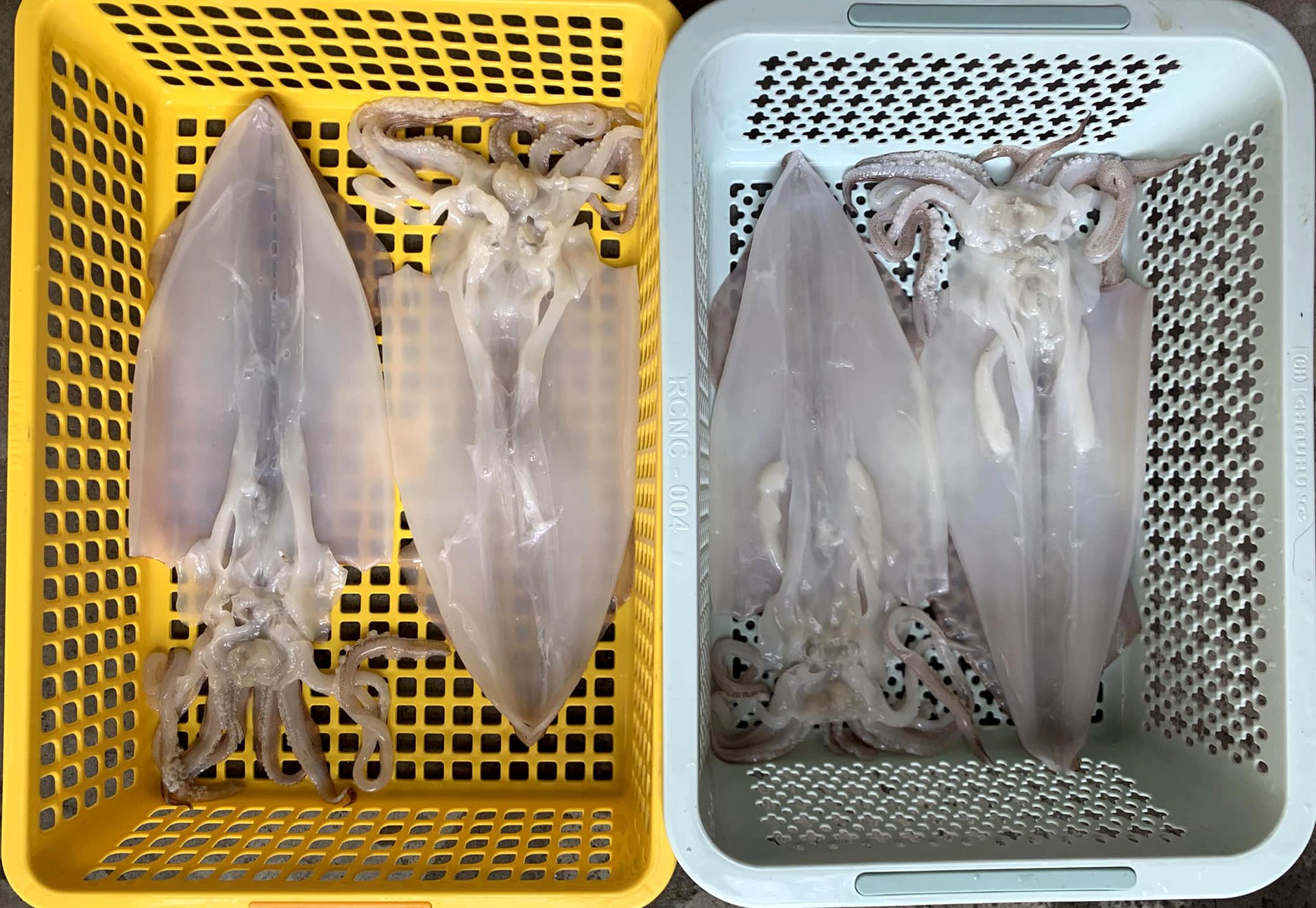
Newly caught squid in Ba Ria - Vung Tau. Photo: Son Trang.
The decrease in fishing production of Japan’s domestic fleet is leading to this country’s increase in fresh and frozen tuna imports from other countries, including Vietnam. In addition, in the first period of 2023, the reactivated tariff preferences under the agreement that Japan offers Vietnam in the Comprehensive and Progressive Agreement for Trans-Pacific Partnership (CPTPP) have been creating an attraction for Vietnamese tuna products.
In the first quarter of this year, Vietnam's exports of tuna products to Japan increased over the same period. Of which, the export value of frozen tuna meat and loin products from Vietnam accounts for the highest proportion (50%) of the total value of tuna exports to this market and increased by 40% over the same period in 2022.
Exports of squid and octopus to Japan are also growing slightly. In the first quarter of 2023, exports of squid and octopus to this market reached USD 37 million, up 4% over the same period in 2022.
Japan's domestic exploitation production of squid and octopus has been decreasing while Japan's demand has increased for instant, convenient squid and octopus products due to modern, busy lifestyles with little cooking time. This is a factor that positively affects Vietnam's exports of squid and octopus to Japan.
The current Vietnam’s export products to Japan mainly include dried squid’s beard, frozen sliced squid, frozen cut cleaned squid, pinecone squid, frozen cuttlefish fillet, frozen cuttlefish, frozen baby cuttlefish, frozen blanched cut octopus, frozen precooked octopus, etc.
The Comprehensive and Progressive Agreement for Trans-Pacific Partnership (CPTPP) entered into force for Vietnam on January 14, 2019. In which CPTPP members commit to eliminating import duties of 97%–100% tariff lines for goods originating from Viet Nam. Most Vietnamese goods, when imported into CPTPP members, will be subject to import duties of 0% immediately when the agreement enters into force. In particular, Japan’s preferential import duty commitment for Vietnam is to eliminate import duties for 86% of tariff lines, which is equivalent to 93.6% of exports from Viet Nam to Japan when the agreement enters into force. Import duties on 90% of tariff lines will be 0% after five years. In this agreement, Japan commits to eliminating import duties for most agricultural and seafood products from Vietnam.
Translated by Huyen Vu Thu
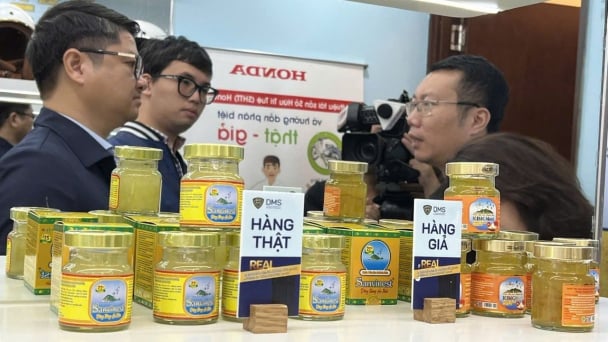
(VAN) In the face of counterfeit and imitation products, Khanh Hoa Salanganes Nest Company hopes for the prompt completion of the legal framework, strict enforcement against violations, and protection of the bird’s nest brand.
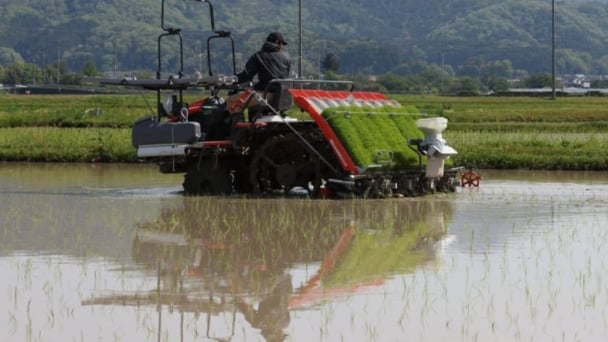
(VAN) Japan's efforts to lower the price of rice through the release of its stockpile may finally be making some progress, albeit at a snail's pace.
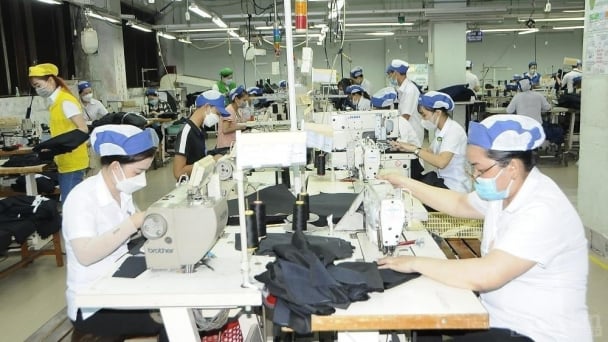
(VAN) U.S. tariffs are not only a 'shock', but also an opportunity for Vietnamese businesses to renew their mindset toward comprehensive development.

(VAN) As Bac Giang lychee enters the harvest season, Minister Do Duc Duy expects that the fruit will contribute greatly to agricultural exports due to standardized production and deep processing.
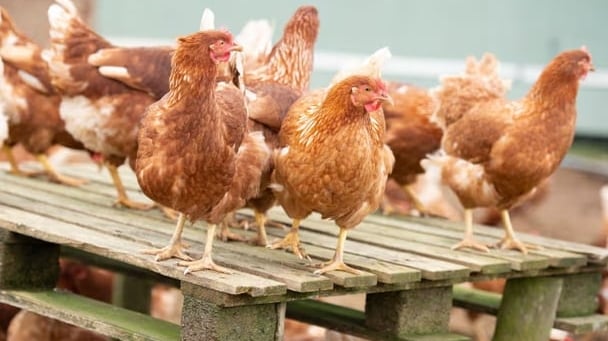
(VAN) Consumers have shown a preference for free-range eggs, but those farming systems are more vulnerable to biosecurity risks like bird flu.
/2025/05/09/5701-1-184335_301.jpg)
(VAN) Vietnam’s eel exports nearly doubled thanks to a mud-free farming model, opening up new prospects while still facing numerous barriers related to international standards.

(VAN) Minister Do Duc Duy warned that if production is not professionalized and supply chains are not transparent, the U.S. market could become a growth bottleneck.